Used car buying guide: MG Midget

Factor in the cost of regular octane booster if the cylinder head hasn't been modified to accept unleadedA classic sports car that is bundles of fun, British made and won’t cost you the earth. Just make sure you’re buying the genuine article
If a Mazda MX-5 Mk1 or Mk2 is too Japanese and a Lotus Elise Mk1 out of reach, then get your mitts on a Midget. The two-seat MG roadster ran from 1961 to 1979 and for years has been popular with motoring enthusiasts on a budget.
‘Budget’ implies cheap, of course, and while £7000 is sufficient to secure a good chrome-bumpered car (more desirable than the later rubber-bumper variety), for anything tip-top you’re looking at well over £10,000. Fortunately, it won’t be money wasted since good Midgets are rare and their prices are only going one way. Unfortunately, it means dodgy sellers are getting on the bus and asking silly money for, at worst, thickly painted rubbish and, at best, bitsa-cars assembled from Midgets of all ages.
In fact, we found one. It’s a late 1960s car that looks fresh, but an expert we consulted spotted its incorrect grille and bumpers a mile off. It’s been advertised for some months, often a sign that punters can smell something fishy. Another is an ad that says ‘no time-wasters’. In all likelihood, the time-waster is the person selling the car…
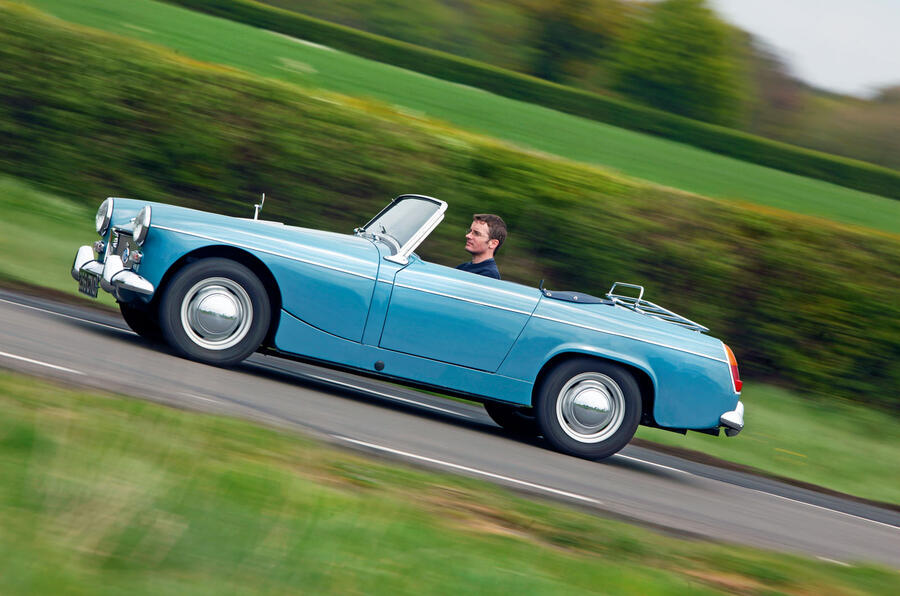
The Midget Mk1 first appeared in 1961 with a cute little 948cc A-series four-pot. A year later it was swapped for a larger 1098cc affair. In 1963, the engine gained stronger main bearings while the front drum brakes were changed for discs. In 1964, the first big facelift occurred. As a result of this, the Midget – now called the Mk2 – got a small increase in power, semi-elliptical rear springs for a smoother ride and a revised interior.
The car was growing up, but in 1966 it started shaving with the arrival of the 64bhp 1275cc engine, a detuned version of the one doing the business in the Mini Cooper S. A better hood and larger fuel tank completed the makeover. Today, this Mk3 version is the one most buyers seek out.
In 1968, British Leyland adopted the car and its marketing team set to with on-trend Rostyle wheels, fresh interior trim and new rear lights. Casting around for something to do, in 1972 the same team forced rounded rear wheel arches on the car.
In 1974, the US insisted on a raft of safety and emissions-led changes that resulted in the Midget getting big rubber bumpers and a cleaner 1.5 Triumph engine mated to a Morris Marina gearbox with full synchromesh. The square wheel arches made a comeback because safety officials considered them to be stronger.
When it comes to a Midget, condition is king and corrosion the enemy within. Yes, you can get new panels and even shells, but they aren’t cheap and they’ll require painting. In fact, one expert we spoke to has stopped dealing in cars that require body work, it’s that expensive. On the other hand, he’ll take any number of mechanical issues on the chin.
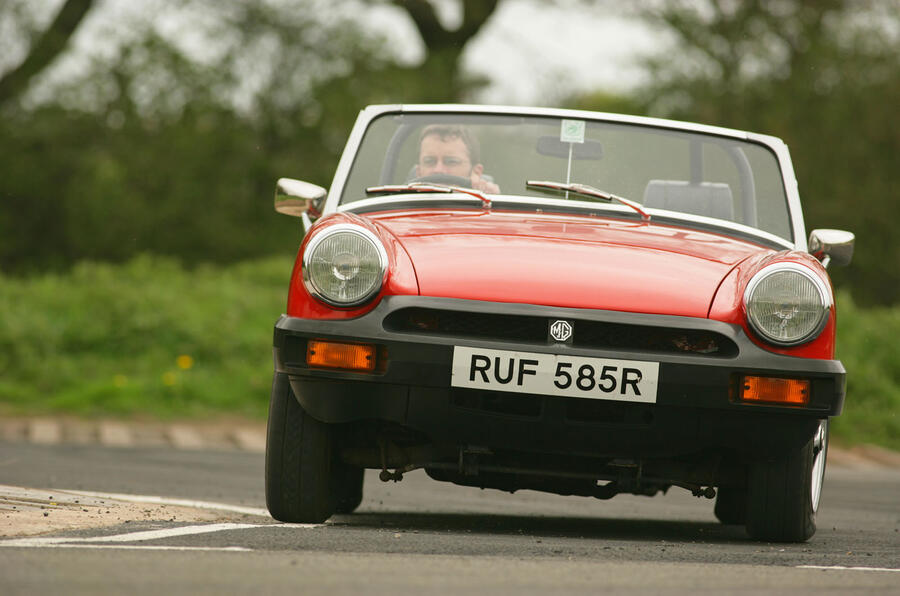
So, look hard, believe no one and avoid rust like the plague, and you should get the Midget of your dreams.
How to get one in your garage
An expert’s view
Mike Authers, founder, mgmidgets.com: “Midgets are little but that’s what makes them so much fun. The handling is great but safe, too. But it’s getting harder to find good ones. Not so long ago I’d have a dozen in stock, but at the moment I’m down to one. It’s a fully restored, former Downton Engineering 1971 1275cc Midget for £19,450. Body condition is everything; you can always replace mechanical parts easily, but beware of cheap, poor-quality copies. My favourite is a late-1960s 1275 with chrome bumpers and wire wheels.”
Buyer beware…
■ Engine: On A-series 948cc, 1098cc and 1275cc engines, check the oil pressure and for signs of oil smoke and fumes. The 1275cc engine is popular with DIY tuners so look for signs of ham-fisted tweakery. A leaky head gasket, worn valve stem seals and noisy tappets are other issues to look out for. The later 1.5 engine had weak crankshaft journals so listen for rumblings below.
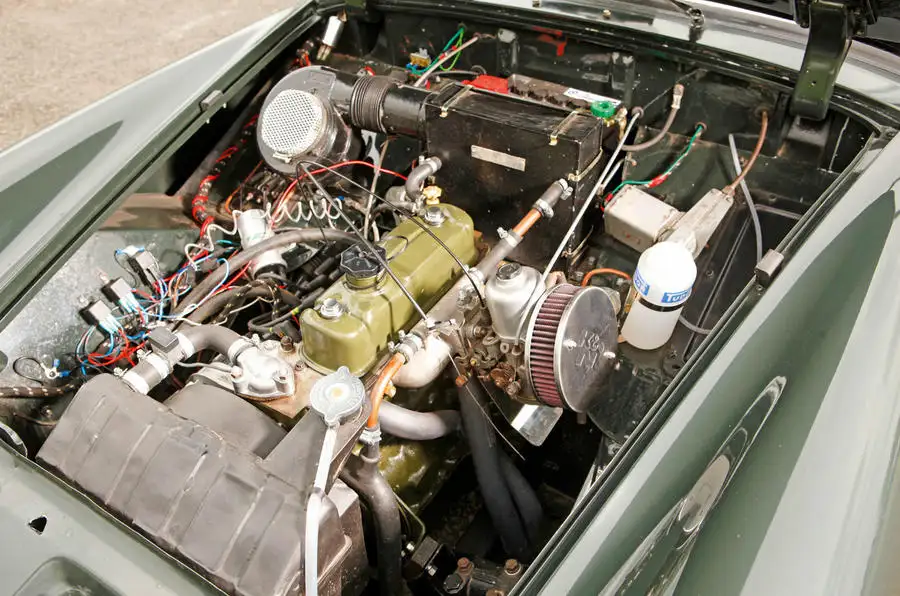
■ Transmission: Expect straight-cut first and reverse gears to whine, but you may need an expert to help you distinguish that from noisy bearings. On the remaining gears, feel for worn synchros. Listen for a noisy rear differential.
■ Steering, suspension and brakes: Don’t put up with suspension and steering that feels loose and bouncy. Common issues are worn or corroded kingpins, leaky dampers, rusty leaf spring hangers and broken springs. Check the lubrication points have fresh grease on them. Seized pistons, scored and worn discs, leaking brake hoses and corroded cables are common.
■ Body: Use a magnet to tell filler from steel, and a screwdriver to tell rust from paint. Sills, A-posts, doors and wheel arches rust badly. Roofless, wet-weather motoring will soak carpets and cause floors to rust. Don’t ignore the boot floor, especially where it meets the rear upright panel. The rear spring hangers corrode badly, too.
■ Interior: Check for torn vinyl, rotten wood trim, mouldy carpets and broken switches. However, compared with fixing bodywork, these are minor issues.
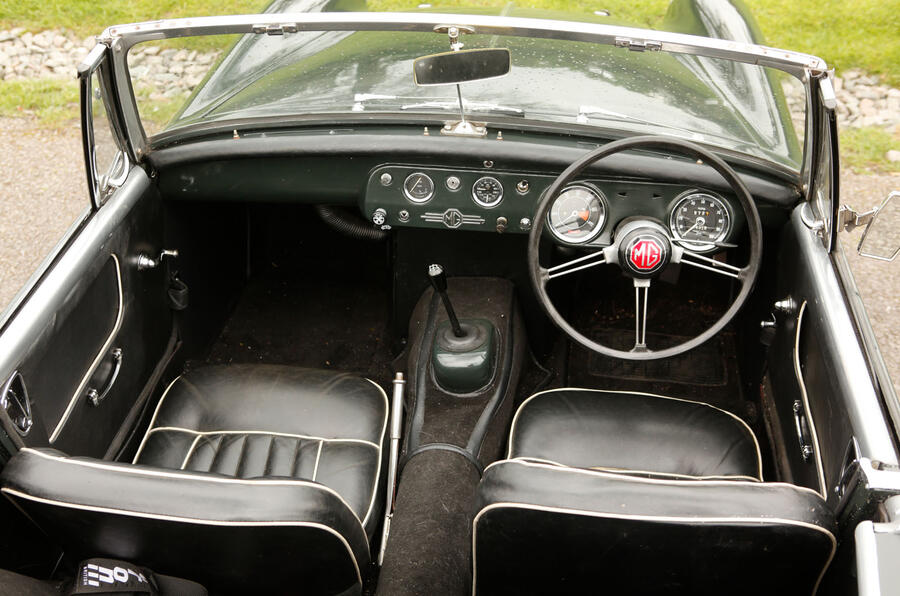
Also worth knowing
Most cars over 40 years old are now exempt from the MOT test. Only ‘most’ because if a car has been substantially changed, it must still be tested. As it’s a safety test, have any Midget you’re considering buying MOT’d anyway.
How much to spend
£500-£1999: From project cars to runners.
£2000-£5499: Small selection of tidier Midgets including a 1967 1275 and a 1977 big-bumper 1.5 with 60k miles for £3600.
£5500-£8999: Solid runners including a 1980 big-bumper 1.5 with 97k miles for £5999 and a restored 1973 1275 with 43k miles for £8750.
£9000-£12,999: Includes a restored 1971 1275 with 106,000 miles for £9950.
£13,000 and above: Rare specials including a mint, 900-mile 1980 1.5 for £14,995, and a Downton Engineering modified 1971 1275 with 48k for £19,450.
One we found
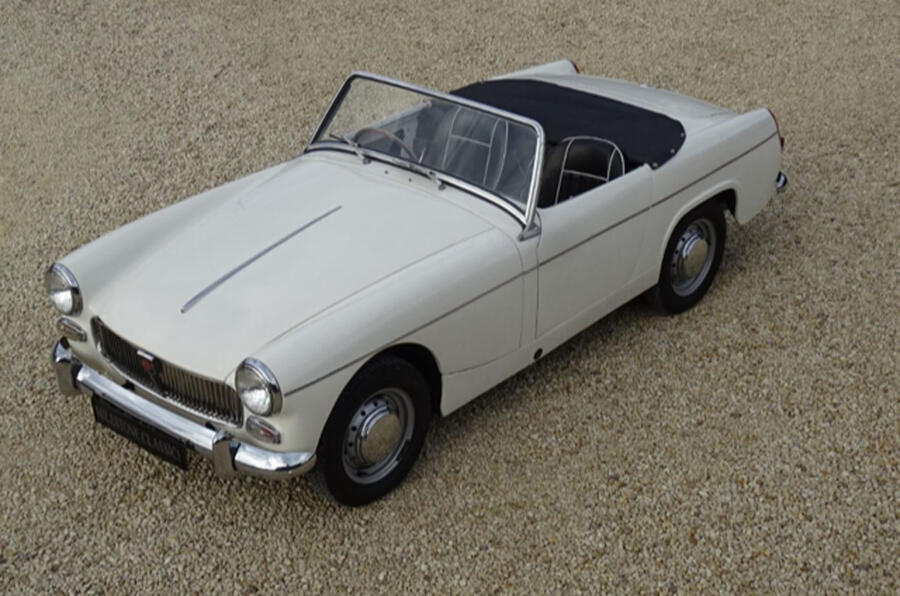
MG Midget, 948cc, 1961, £11,995: Why settle for second best when for less than £12,000 you could have this rare Midget dating from the model’s first month of production? Restored some years ago but still in top condition and with the authentic ‘Frogeye’ dashboard and Bakelite steering wheel.
Read more
Used car buying guide: Lotus Elise S1
Comments
Post a Comment